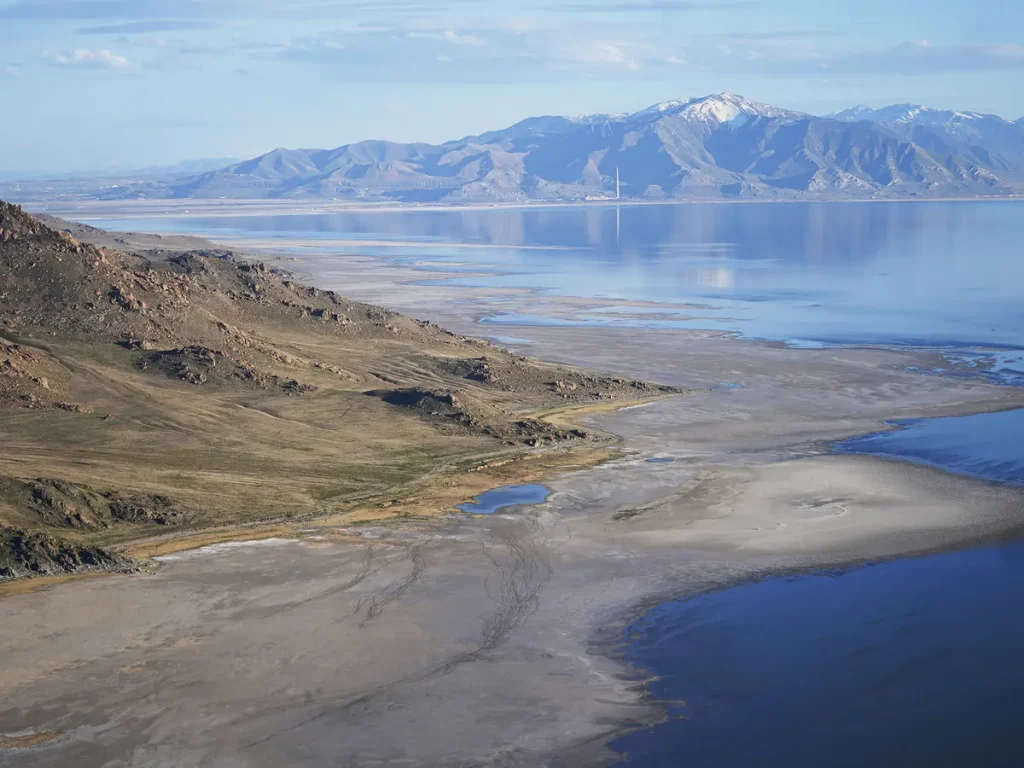Utah’s Great Salt Lake is now less than one third the surface area that it was as recently as 1987. Blame has fallen on the unprecedented “megadrought” gripping the US Southwest — the region’s driest 22-year period in at least 12 centuries, a slow-motion environmental disaster exacerbated by human-caused climate change. The Great Salt Lake is the largest water body in the US after the Great Lakes, and a crucial cog in a fragile regional ecosystem linked to drinking water, air quality, biodiversity, and tourism in the city and across the Wasatch Front, a chain of towns and cities containing more than 2.5 million people along the Wasatch Mountain Range. As the bottom of the lake is exposed, winds carry clouds of toxic dust — laced with arsenic and other heavy metals that accumulated both naturally and through man-made pollution. That dust could effect a large quantity of people especially those with respiratory issues. Professor Janice Brahney of Utah State University stated in an article about the toxic dust potential; “Millions of people that live in the watershed contribute to the pollution that drains into the lake and can bind to the sediments ….. That also means that those same people are exposed to the dust when it’s produced in the toxins that are in that dust.”
